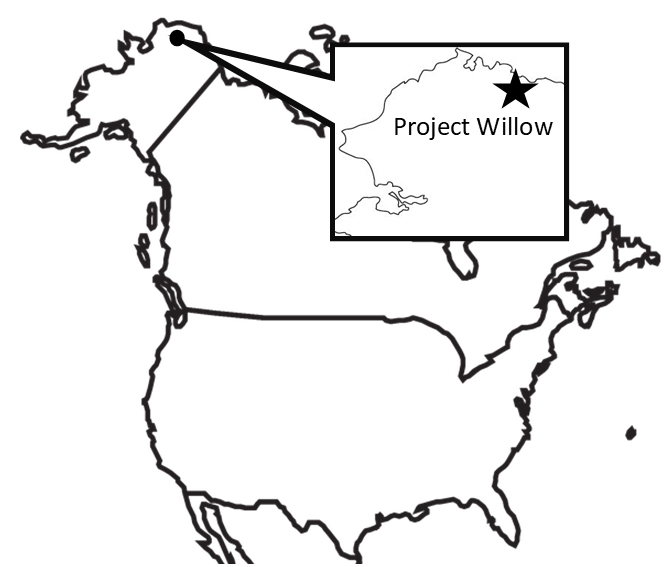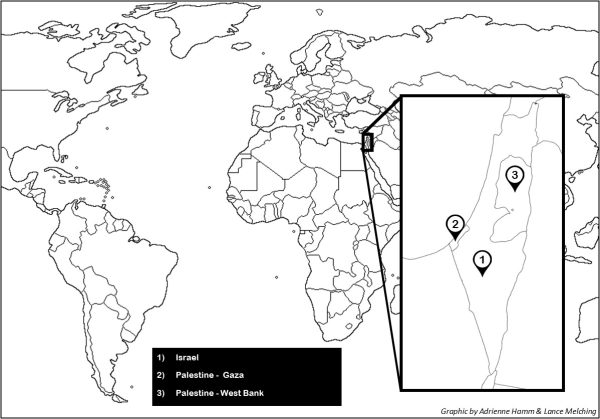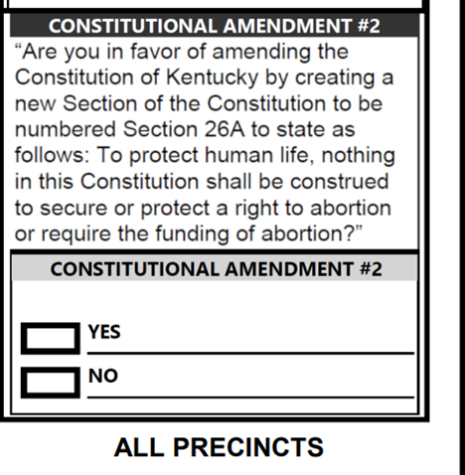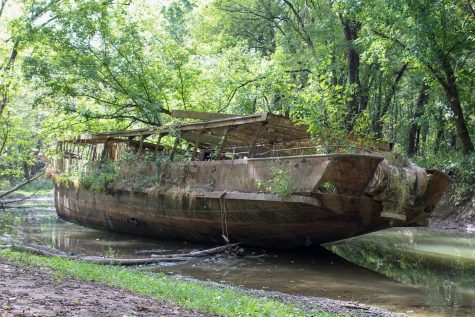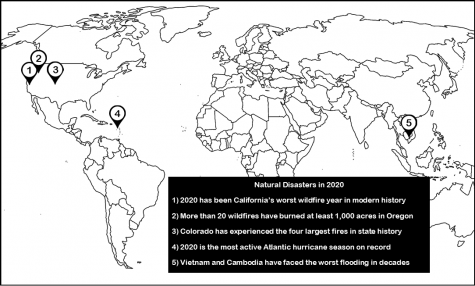Controversial Alaskan oil drilling project approved
Willow Project will boost local economy, but also release carbon pollution equal to 2 million gas powered cars per year
Willow is an oil drilling site in Arctic Alaska and is run by ConocoPhillips. The project will generate up to $17 billion, about 300 long-term jobs, and 600 million barrels of oil, but it will also release 9.2 million metric tons of carbon pollution per year according to CNN.
March 31, 2023
On March 13, the Biden administration approved a controversial Alaskan oil drilling project known as the Willow Project.
Willow is an oil drilling site in Arctic Alaska and is run by ConocoPhillips, which is Alaska’s largest oil producer.
Although this will generate up to $17 billion, about 300 long-term jobs, and 600 million barrels of oil, it will also release 9.2 million metric tons of carbon pollution per year according to CNN. This carbon dioxide release is equal to adding nearly 2 million gas powered cars to the roads.
Nearly all climate scientists agree that global warming is a serious threat to life on our planet, and it is increasing flooding, heat waves, crop-destroying drought, and other extreme weather events. Adding more carbon dioxide into the atmosphere will increase warming and destabilize the ecosystem.
Many of the people in Alaska are happy about this decision, saying it will boost their economy and create new jobs, and the impact this will have on the local wildlife and the larger environment does not outweigh the positives.
Republican Sen. Lisa Murkowski of Alaska expressed delight that the project was approved in a quote in a CNN article.
“We finally did it,” she said. “Willow is finally approved, and we can almost feel Alaska’s future brightening because of it.”
The Willow Project was introduced in 2017 but was originally put on hold. When this project was reintroduced, there were multiple petitions to stop the project to protect the local ecosystems.
Carbon dioxide is a major greenhouse gas, and the amount that will be added into the atmosphere will contribute to raising temperatures in the surrounding area, which could cause harm to the arctic wildlife. This includes many endangered animals like polar bears, wolves, and multiple whale species.
The raised temperatures are likely to contribute to warming oceans and melting ice caps, which would lead to ocean levels rising and flooding of coastal cities. This is likely to affect wildlife and climate outside of Alaska.
Despite these effects, Alaskans are still in favor of Project Willow.
Each Alaskan citizen receives an annual payout from something called the permanent fund dividend, which is a fund of money gotten through oil drilling that is divided up and given to the Alaskan citizens every year. The payout has averaged $1,000 per citizen in the past, though it is unknown how much money Project Willow will generate for the fund.
Many young voters are disappointed with Biden’s decision to approve Willow Project according to a New York Times article.
Biden campaigned on green policies such as speeding the transition to electric vehicles, and limiting carbon emissions.
Many young people who are concerned with climate change feel that Biden has gone back on his promises to battle climate change.
The Willow Project was also protested against by the Native Americans who live near the oil drilling site.
